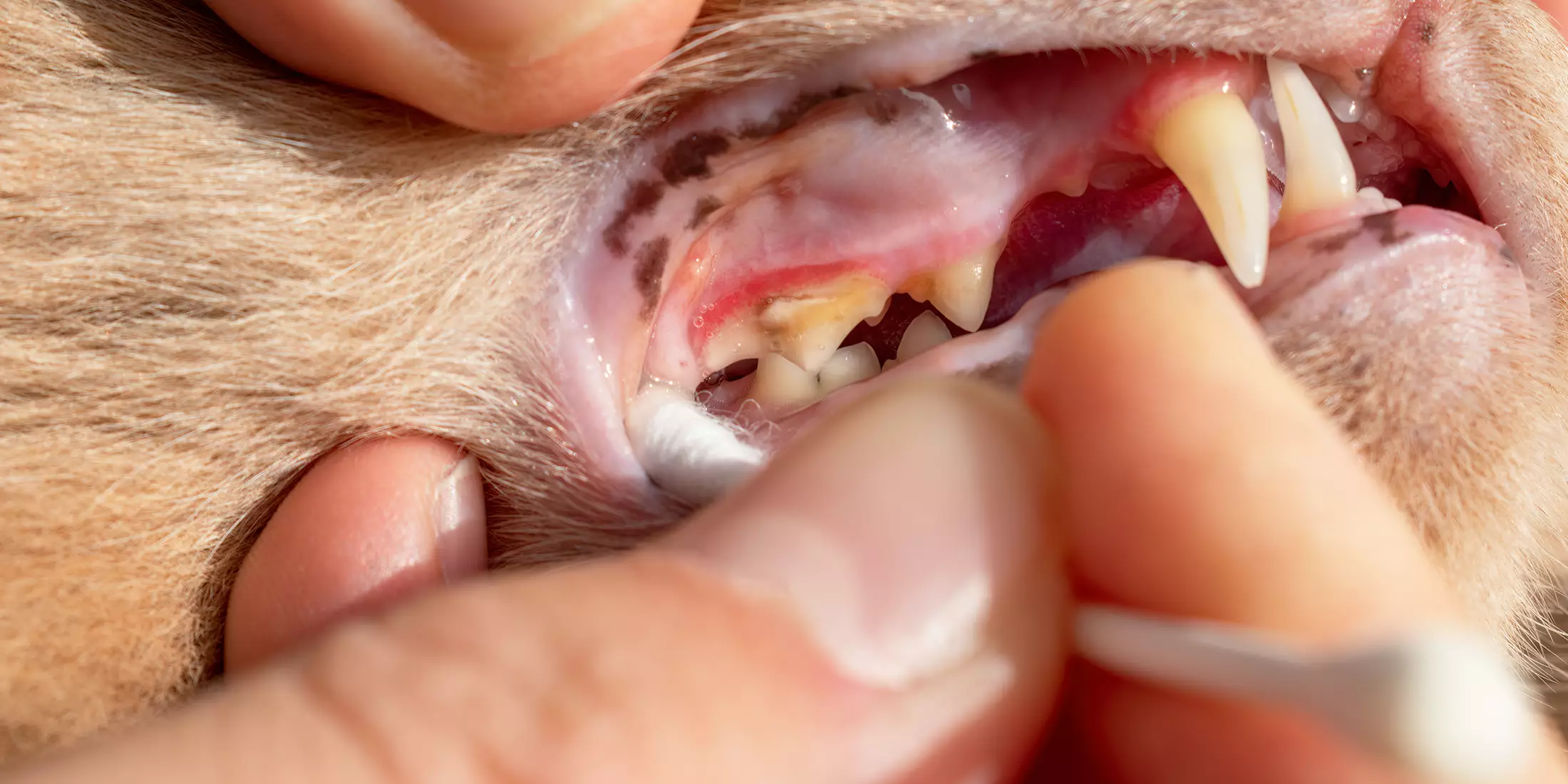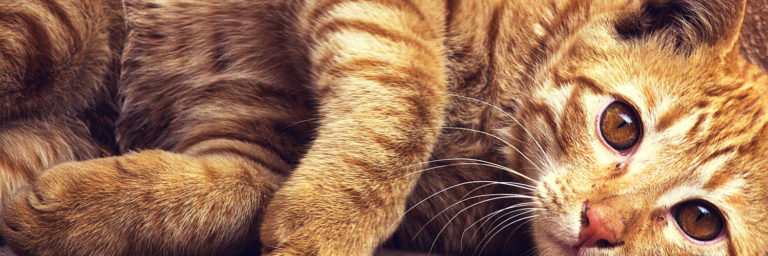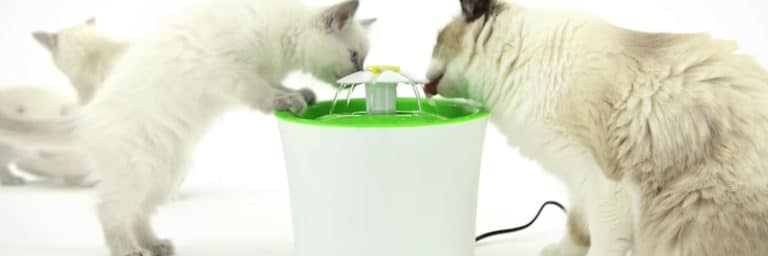Gum Disease in Cats
Contents of Article
A cat with periodontal disease suffers from a series of changes associated with inflammation of the deep supporting structures surrounding the kitty’s teeth. What begins as tartar accumulation develops into a serious periodontal disease, resulting in the loss of teeth and causing other health problems.
What is Periodontal Disease or Gum Disease in Cats
Periodontal disease is the inflammation of the bone and teeth supporting structures. As a result, the damage to the teeth is irreversible and causes extreme pain, tooth loss, bone loss, abscesses, or infection. It is a common tooth disease in cats that affects about 85% of felines above 4 years of age.
- The accumulation of food particles along the gum line causes deposition of the plaque on the enamel.
- Minerals in the saliva combine with plaque to form tartar that adheres to the teeth. If it is not removed, it accumulates under the gum line. Finally, the process causes a gap between the gums and teeth, forming pockets that encourage bacterial growth.
- As a result, the bacteria spread to the supporting structure and cause inflammation, also known as gingivitis. The cat experiences irritation and reddening of the gums.
- If left untreated, the bacteria destroy the supporting tissue, causing tooth decay.
- The bacteria then travel to other parts of the body, causing irreparable damage and complicating health problems for the kitty.
A feline dental care regimen can help prevent periodontal disease.
Risk Factors of Periodontal Disease
A number of factors can contribute to plaque buildup, accumulation of tartar, and development of periodontal disease. This may include:
- Age and general health status – The disease is more common in older cats, who are suffering from other infections, such as calcivitus and feline leukemia virus.
- Grooming habits – There is a risk of development of tartar if hair surrounds the tooth. However, you can prevent it by making dental care a regular part of grooming regimen.
- Diet and chewing behavior – Kitties who eat canned food may be at a high risk of developing plaque than those that eat hard kibbles.
- Tooth alignment or genetics – Some cat breeds are genetically at a high risk of developing periodontal disease.
Signs of Gum Disease in Cats
The signs of periodontal disease include:
- Redness or bleeding from the gums
- Bad breath
- Loss of appetite
- Oral pain and drooling or increased salivation
- Chewing problem
- Missing teeth
- Pawing at the mouth
- Nasal discharge
- Facial swelling
- Gum recession
Diagnosis of Gum Disease in Cats
Take your kitty to a vet if you find your furry friend suffering from the periodontal disease or any of the above gum disease symptoms. An examination of the cat’s mouth under anesthesia is only way to observe any signs of tartar buildup or degree of periodontal disease. This will also help the vet check for signs of gingivitis.
Dental radiographs or X-rays come in handy to assess any symptoms hidden beneath the gums, including the presence of abscesses and bone loss, besides any other potential problems.
In the first stage of the gum disease in cats, radiography will give a clear picture of the loss of density of the root socket margin.
However, the loss of bone support around the root is a sign of more advanced stage.
A distance of one millimeter or more between the tooth and gum affected by gingivitis is a sign of periodontal abnormality.
Treatment and Prevention of Gum Disease in Cats
The best way to prevent tooth decay or periodontal disease in cats is feline dental care and hygiene. There are several dental diets and also treats to limit the accumulation of plaque and tartar buildup. Some of these dental care diets tend to have either larger or irregular kibbles. When chewed, these kibbles provide abrasive action against the surface. Some kibbles use ingredients that help prevent tartar mineralization.
Depending on the severity of the gum disease in cats, some felines may require regular dental cleaning. Also, take your cat for a dental screening every four months to check for tartar build up. This is a measure used by veterinarians to thoroughly examine every single tooth while looking for signs of infection or tartar buildup.
Routine prophylactic dentistry is a must for all furry felines while the treatment for periodontal disease may depend on the stage of the disease.
- In the early stages, the focus of the treatment is on controlling the accumulation of plaque due to the risk of attachment loss. Regular brushing of the cat’s teeth with “animal safe” toothpaste is an essential part of the feline dental care regimen.
- In stage 2 or 3, the gum disease in cats has advanced and requires medical intervention. The vet will clean up the space between the teeth and gums and apply antibiotic gel to shrink the space and rejuvenate periodontal tissues.This may also involve root canal, tooth extraction, and crown restoration.
- The more advanced stages require extensive treatment. It may involve periodontal splinting, bone replacement procedures, and guided tissue regeneration.







